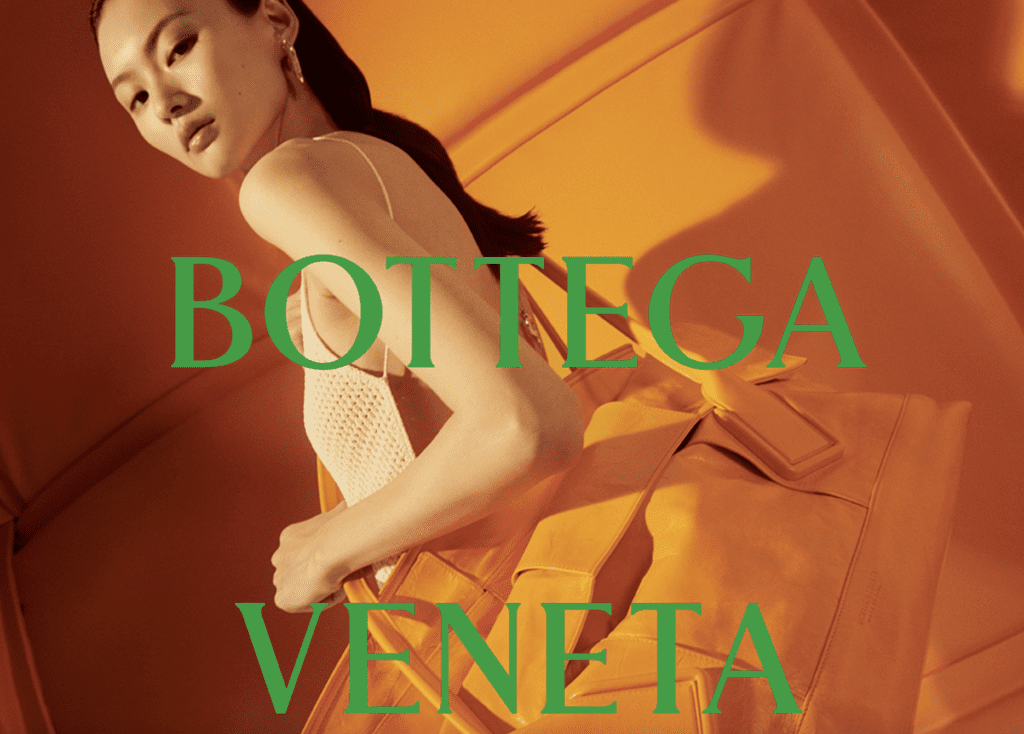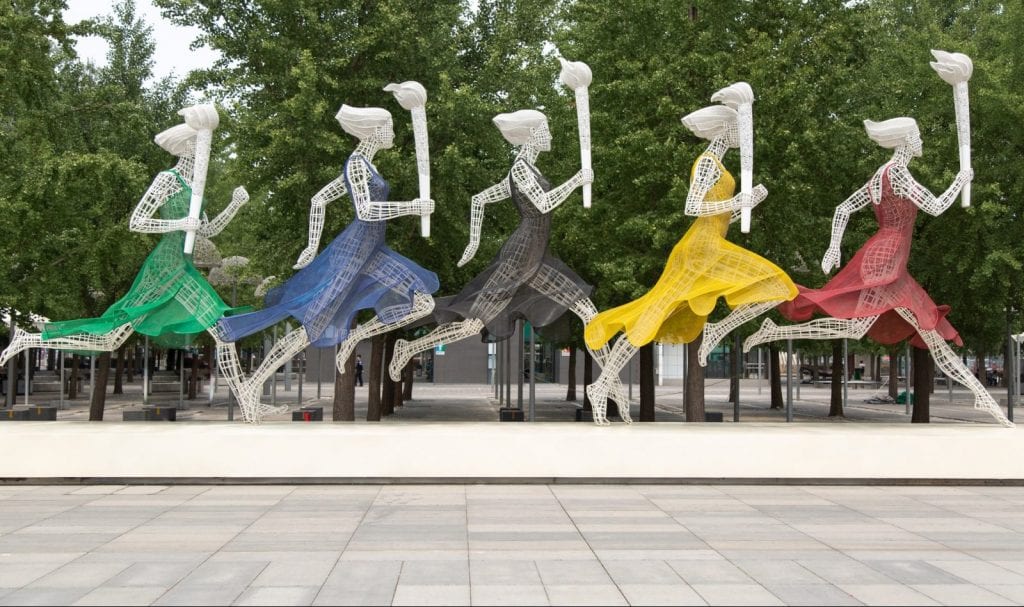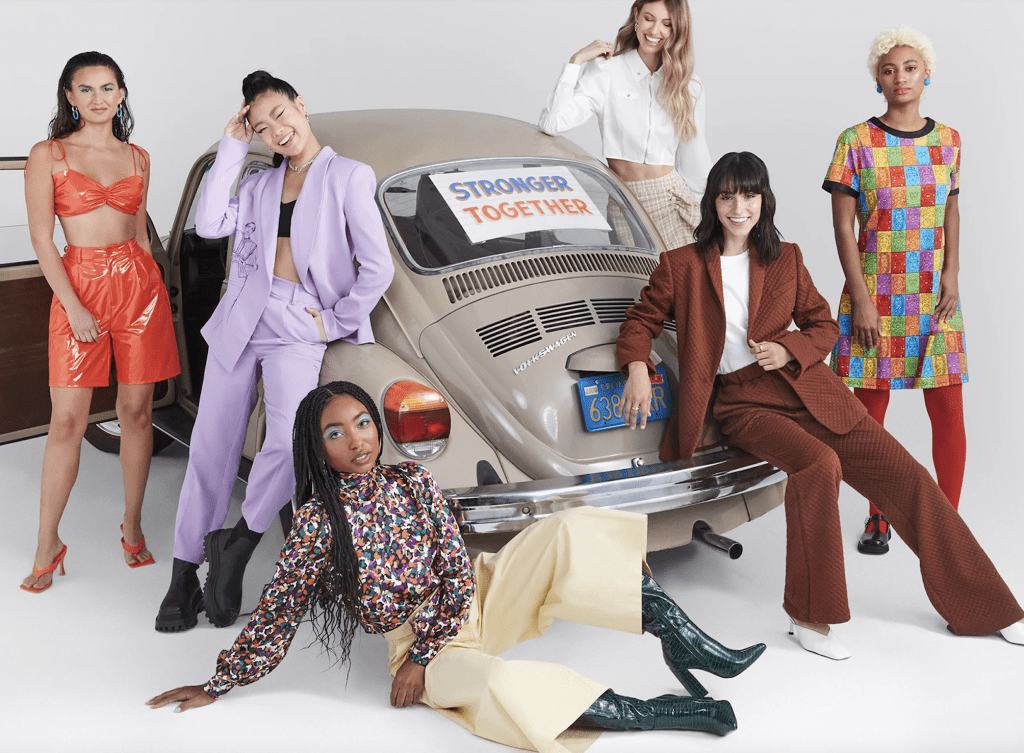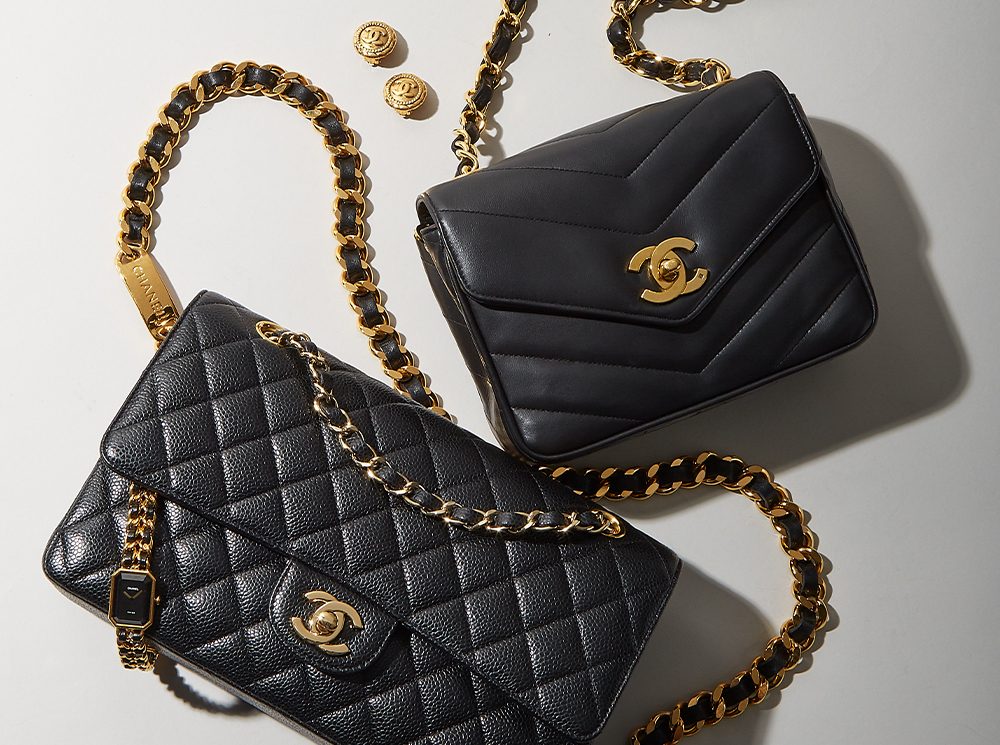Luxury fashion brands and retailers, alike, hoped that the COVID-19 pandemic – and the resulting constraints on supply – would enable them to move away from routine discounting. Now, more than two years after the onset of the pandemic, discounting seems to be at an all-time high, says former CEO of Gap and J. Crew Mickey Drexler, who told Yahoo that he has “never … seen as much discounting with as much merchandise with high percents off,” presumably thanks (at least in part) to the fact that retailers are stuck with excess inventory as a result of enduring supply issues and disruptions to traditional seasonal shopping as a result of the pandemic.
Drexler was primarily referring to prices of mainstream retailers’ offerings, such as those of Gap and Target, but a rise in discounting is similarly reflected in the latest version of Bernstein’s Price Discipline Index, a monthly report that the financial services company compiles to assess a number of brands’ and multi-brand digital retailers’ momentum by charting the number of brands’ products that are being offered up for sale on third-party retailers’ sites. (Note: Brands whose wares are generally not sold by way of third-party platforms, such as Chanel, Hermès, Louis Vuitton, and Dior, are not included to Bernstein’s Price Discipline Index.)
According to the May 2022 index, which was released late last month, high-end retailers are slashing prices on high/luxury fashion, with only 52 percent of products being offered up at full price on MyTheresa and Farfetch’s e-commerce sites. (For a point of comparison, during the same month last year, 73 percent of products were being offered up at full price on MyTheresa, and 57 percent on Farfetch.) Bernstein analysts noted that while the 100 percent of the offerings from Moda Operandi and Mr. Porter were sold at full price in April (and 82 percent and 100 percent, respectively, in May), luxury fashion retailers’ scores largely “started deteriorating ahead of the heavy summer discounting period with average scores falling from 94 percent in April to 85 percent in May.”
As for what fashion/luxury brands are the prime targets of discounting, Bernstein’s Luca Solca stated that Givenchy, Dolce & Gabbana and Brunello Cucinelli were “the worst performing brands on [the May Price Discipline] list, as they have not yet undertaken the long journey of cleaning up their distribution channels, sacrificing their brand equity as a result.” (In addition to potential issues from a distribution point of view, these brands (among others) very may also suffer from overproduction, hence, the need to offload excess stock at a discount.) The ranking revealed that for the month of May, Valentino overtook Dolce & Gabbana in terms of the highest number of products available on off-price platform Yoox, with Zegna and Versace “coming close behind.” Solca noted that “these are the brands going through a make-over and needing to offload old stock quickly – except Dolce & Gabbana, which is still recovering from its China scandal.”
On the flip side, the Bernstein put LVMH-owned Loro Piana and Prada at the top of full-price index for May, followed by Kering’s Bottega Veneta, Gucci and Saint Laurent, all of which sold more than 90 percent of items at full price in May. The ranking of Bottega Veneta and Saint Laurent “suggests strong Kering 2Q22E results in the West, with the relative outperformance of the smaller labels reflected in their price discipline,” according to Bernstein, which noted this spring that the high number of full-price offerings by Bottega, as well as LVMH-owned Fendi and Celine suggests that conglomerates “have turned their attention” on growing – and refining – their smaller labels.
Luxury Brands Behind the Scenes
Potentially more interesting than the brands whose wares are being marked down are the ones who are sidestepping sales, as the lack of discounts coming from certain brands (via third-party platforms) seems indicative of the work that they are doing on the backend, including by reshaping their distribution channels, and in many cases, focusing on pricing. A number of brands under the Kering umbrella, for instance, are in the midst of a distribution overhaul, which is seeing management follow the blueprint laid out by Gucci, and phasing out much of their wholesale efforts in favor of their own retail sales. “Distribution is becoming increasingly exclusive, which means that the revenue contribution of the wholesale channel is gradually decreasing,” Kering reported in February.
Gucci was the first Kering name to engage in what the group calls “a process of radically streamlining its distribution network,” which should be completed by the end of 2022. Elsewhere within Kering’s portfolio, Saint Laurent has “also started streamlining its third-party distribution,” Kering asserted in its FY2021 report, stating that the Anthony Vaccarello-designed brand is “continuing to pay particular attention to the quality and exclusivity of its distribution and is being careful to focus its wholesale business on a limited number of distributors.” Still yet, the group stated early this year that Balenciaga will focus its wholesale activity on “a select number of top-quality partners,” with efforts to “achieve greater exclusivity set to ramp up in 2022.”
At the same time, big groups have been using the pandemic to bolster their brands – big and small – from a pricing perspective, including by boosting prices and moving away from markdowns. In furtherance of Kering’s quest to turn Saint Laurent into a 3 billion euro brand, Saint Laurent CEO Francesca Bellettini revealed last year that the brand had “completely stopped making public markdowns during the pandemic,” making it so that markdowns are now limited to “controlled environments.”)
The dearth of discounts coming from certain brands (via platforms like Farfetch, MyTheresa, etc.) seems indicative of the work that they are doing on the backend, including reshaping their distribution channels (namely, brands phasing out much of their wholesale efforts and focus on their own retail sales), and in many cases, focusing on pricing – both by boosting prices and moving away from markdowns. In furtherance of its quest to turn Saint Laurent into a 3 billion euro brand, Saint Laurent CEO Francesca Bellettini stated last year that the brand had “completely stopped making public markdowns during the pandemic,” making it so that markdowns are now limited to “controlled environments.”
Pricing efforts can also be seen among bigger brands like Prada, for example, which is “only available on half of the platforms analyzed,” per Bernstein’s analysts, who note that the company “tightened their distribution grip and rationalized the volume they sell to their wholesale partners (who now represent only 10 percent).” This comes after Bernstein asserted in its April Index that Prada, Balenciaga and Saint Laurent were among the brands that “committed more items to be discounted on off-price platform Yoox,” while at the same time, were working to “maintain a strong price discipline on full-price platforms.”
Pricing from Platforms
In terms of the platforms, themselves, Bernstein found that as April, Yoox was operating in the off-price segment as usual, and in fact, was increasing the number of products and brands on its platform, “as the latter offload stock not sold during the pandemic.” Prices on Farfetch’s platform, on the other hand, which was selling 76 and 79 percent of products at full price in March and April 2022, respectively, appears to be “gradually” increasing as its inventory sourcing shifts from boutiques to brands, the latter of which tend to be more stringent when it comes to slashing prices. Bernstein’s analysts say that they “get the impression that Farfetch is somehow forced to accept higher price discipline” as a “consequence” of dealing more directly with brands.
So, is where luxury discounting ultimately going? Farfetch’s 20-F filing from March provides some hints, with the London-based retail stating this spring that while “the industry experienced a trend toward promotional activity … over the last few years,” it believes that “promotional activity by luxury retailers may decrease in 2022 as brands continue to become more disciplined and increasingly move towards an e-concession model” (i.e., retail distribution by brands via the operation of concessions on multi-brand digital platforms, such as when brands sell directly to consumers via the Farfetch Marketplace).
The big caveat here, of course, comes in the form of the enduring impacts of COVID-19 serving to “delay such a shift as omnichannel retailers seek to recover from the COVID-19-related heightened restrictions and store closures that occurred following the onset of the pandemic.”











